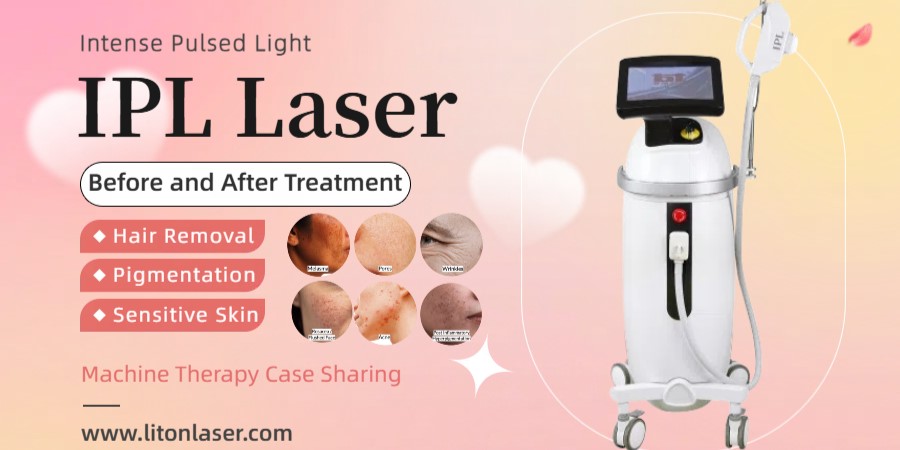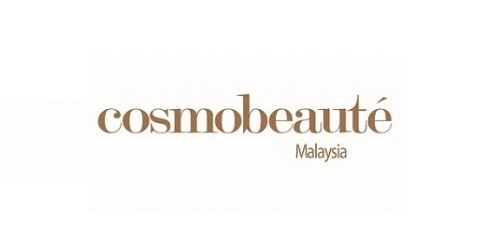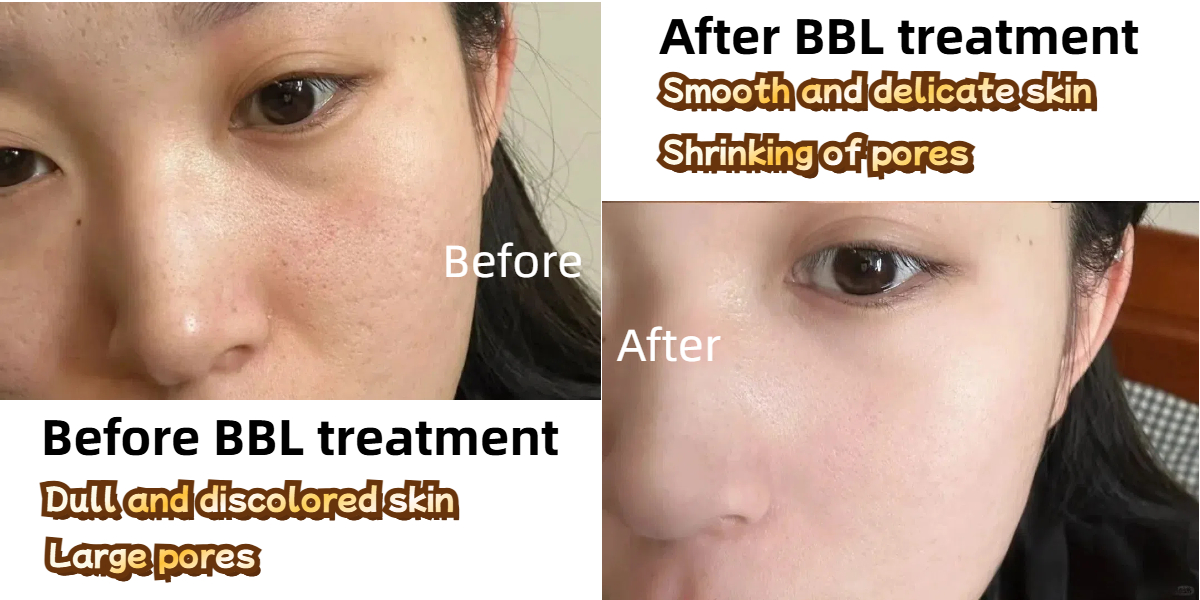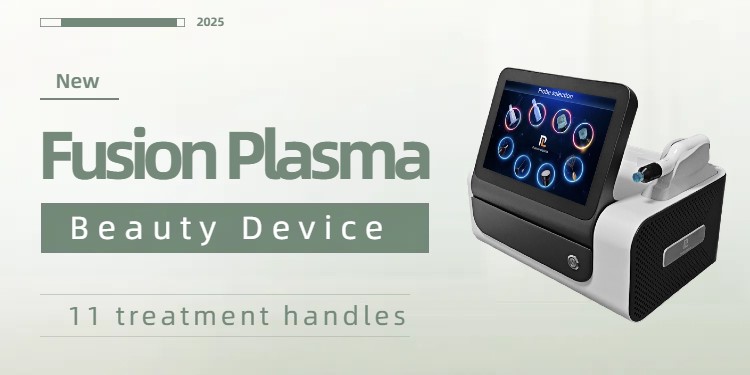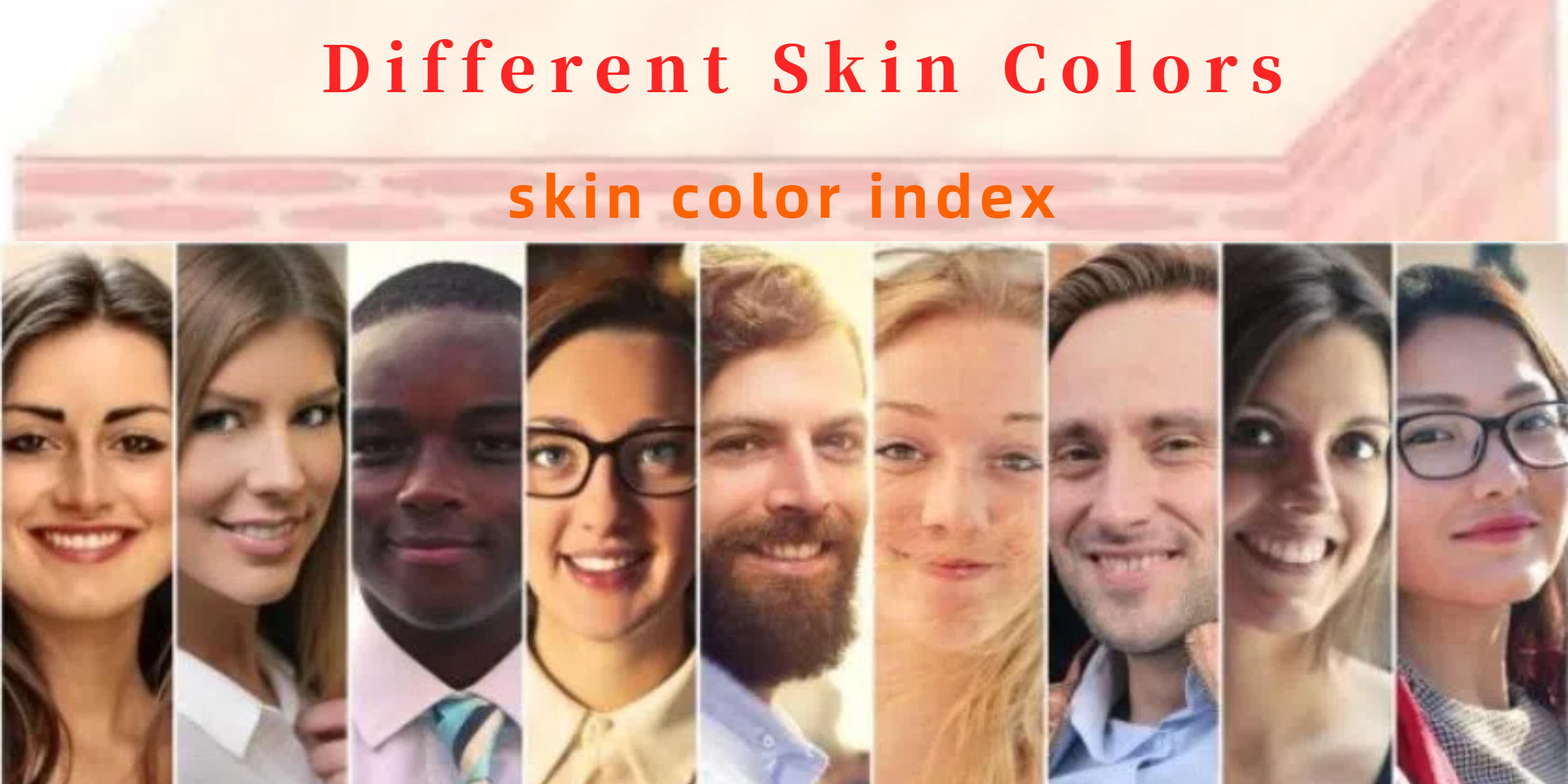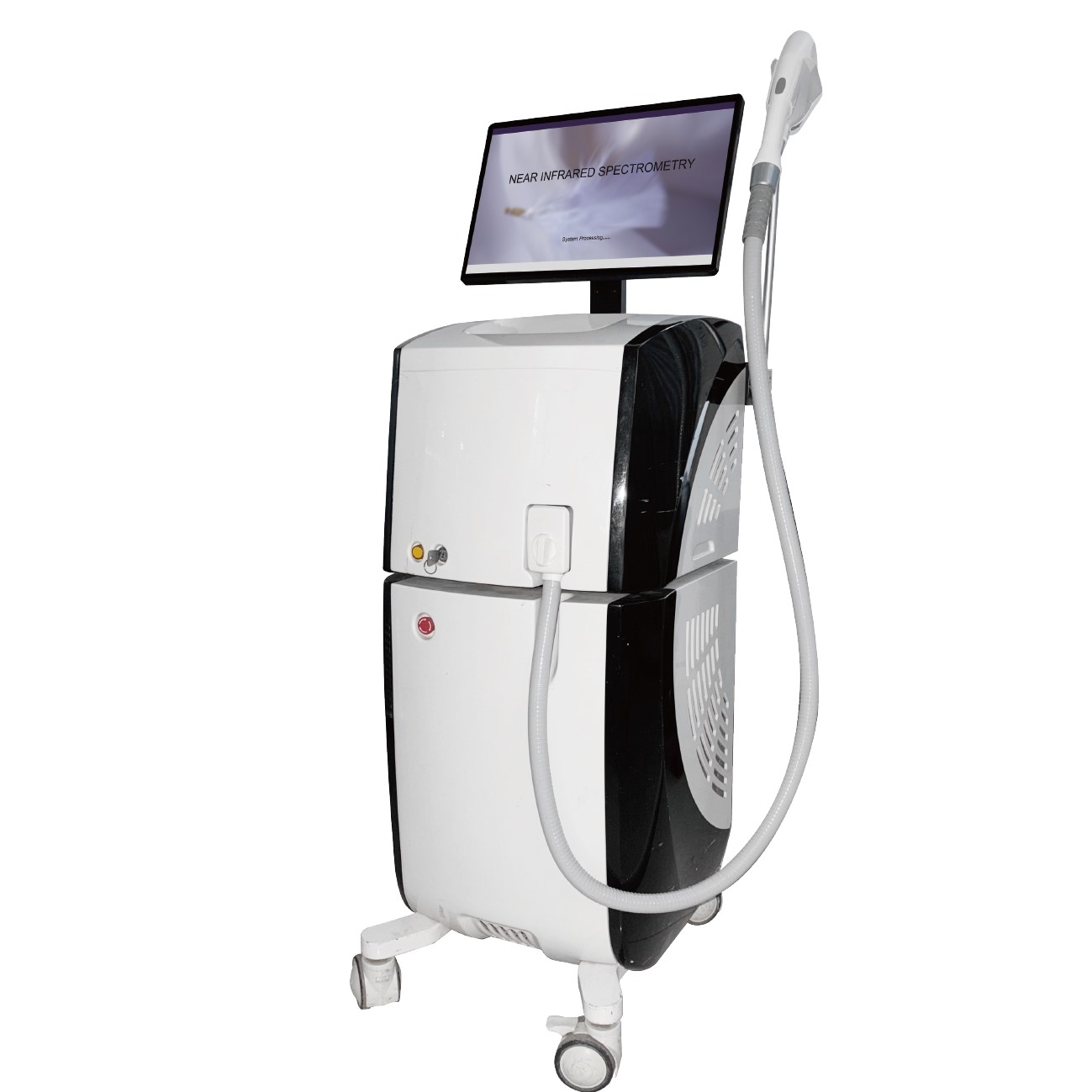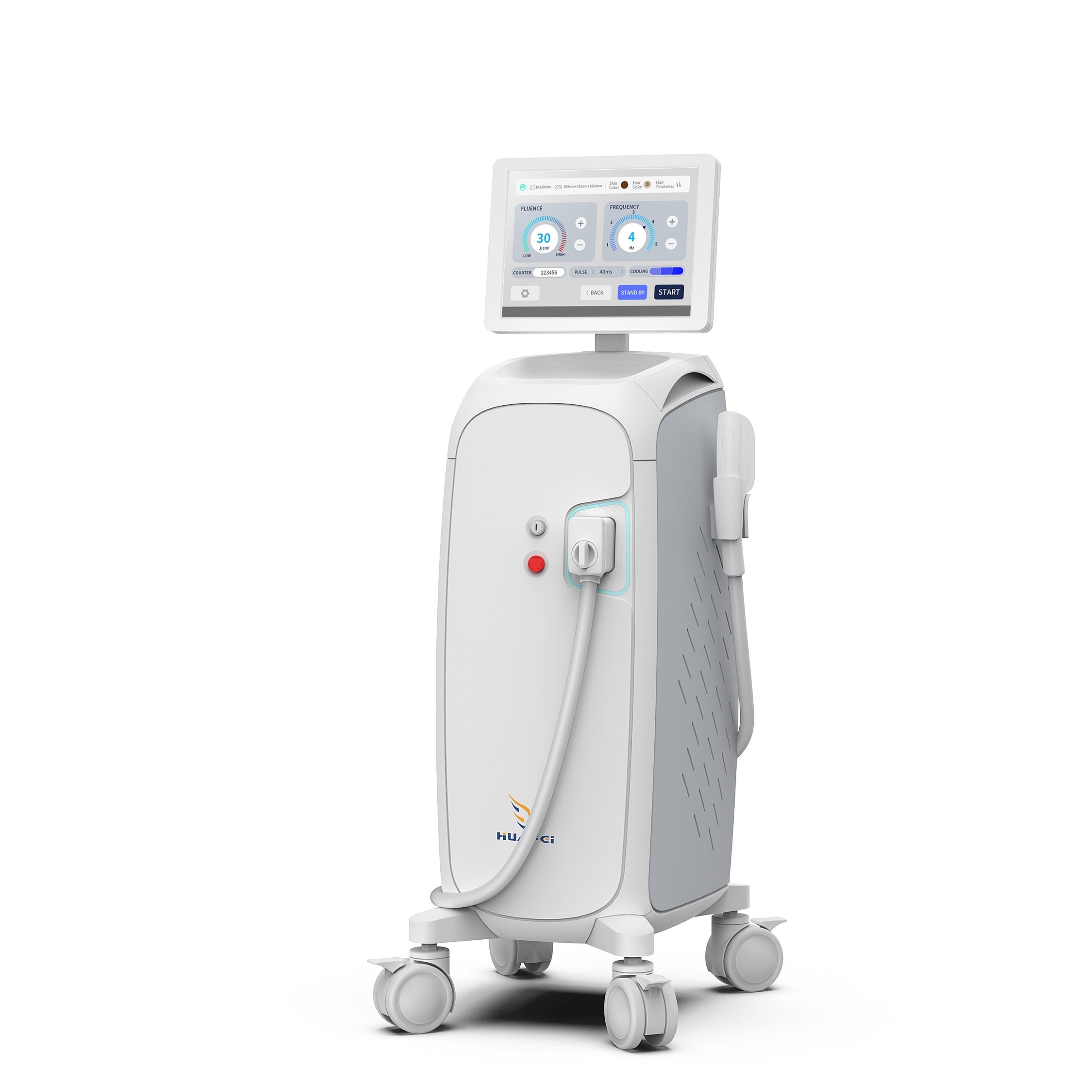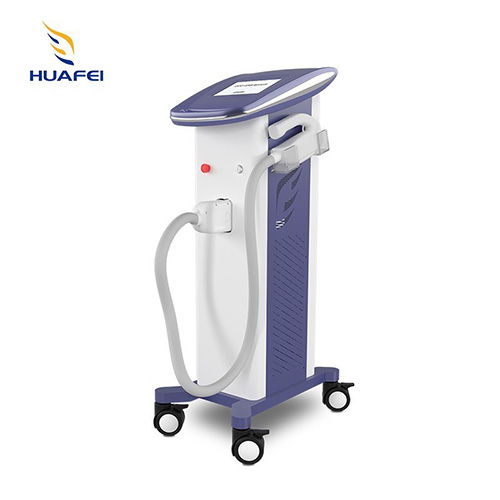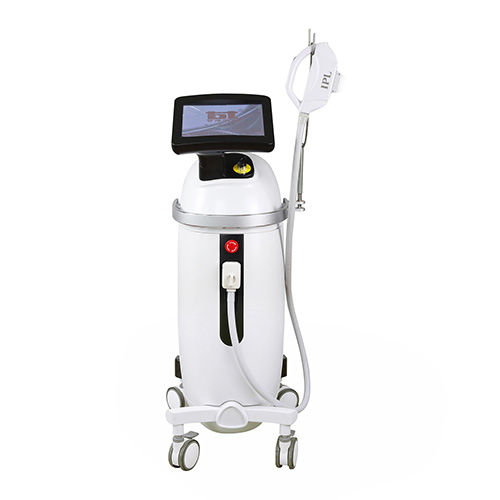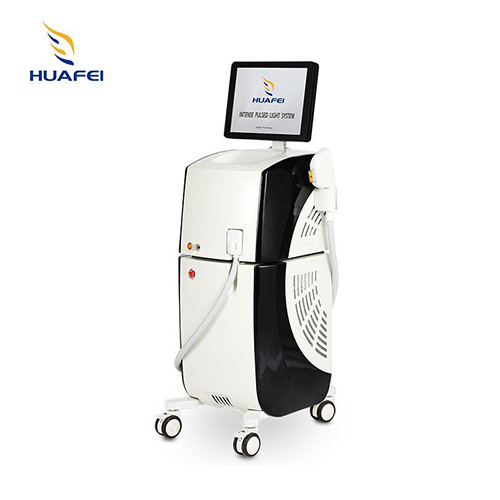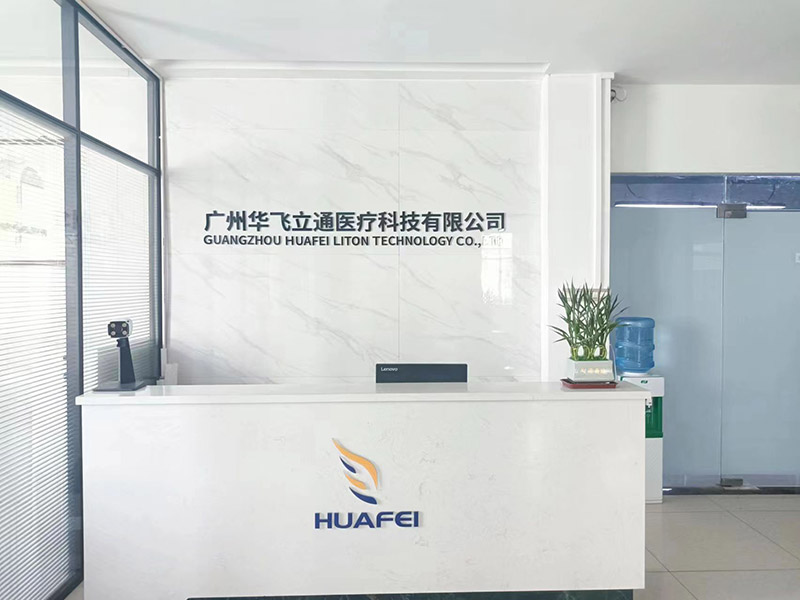Intense pulsed light (IPL), also known as photorejuvenation, is an advanced high-tech beauty project that uses a specific wide-spectrum color light to directly irradiate the skin surface. It can penetrate deep into the skin and selectively act on subcutaneous pigments or blood vessels, decomposing spots and closing abnormal capillaries. At the same time, photons can also stimulate the proliferation of subcutaneous collagen. Therefore, photorejuvenation is the best choice for daily skin care.
IPL laser brings many improvements and treatments in skin beauty. This article is a comparative analysis before and after IPL laser treatment for four skin problems: sensitive skin, hair removal, freckle treatment, and pigmentation removal.
What is Intense Pulsed Light (IPL)?
Intense pulsed light is not a laser, but a wide-spectrum visible light.
We have learned physics before and know that sunlight is divided into three parts: ultraviolet light + visible light + infrared light. The light that we can see with our naked eyes belongs to the visible light part, with a wavelength range of 400-700 nanometers. The ultraviolet light and infrared light at both ends are invisible to our eyes.
And intense pulsed light selects a part of sunlight, removes ultraviolet light, purple light, and blue light, and retains part of green light, yellow light, and later orange light, red light, and infrared light, which is used to improve skin.
How Intense Pulsed Light (IPL) works.
IPL laser is one of the most widely used light therapy technologies in clinical practice. It plays a very important role in the field of skin beauty and is widely used in the treatment of various disfiguring skin diseases, especially those related to photodamage and photoaging. The beauty effect of IPL laser is based on the following two working principles.
Selective photothermal effect.
The theoretical basis of IPL laser treatment of skin diseases is the principle of selective photothermal action. Because IPL has a wide spectrum, it can cover multiple absorption peaks of various pigment groups such as melanin, oxyhemoglobin, water, etc.
When treating vascular skin diseases, hemoglobin is the main color base. The light energy of IPL is preferentially and selectively absorbed by oxygenated hemoglobin in the blood vessels. The high heat generated after absorption will cause hemoglobin to rupture, thereby causing blood vessels to rupture and close, which has the effect of improving red blood streaks.
The same principle applies to the treatment of pigmented skin diseases. The high heat generated by melanin selectively absorbing the spectrum of IPL can lead to the decomposition of melanin particles, melanocytes can be destroyed, and finally melanosomes can be broken, which ultimately has the effect of improving pigmentation.
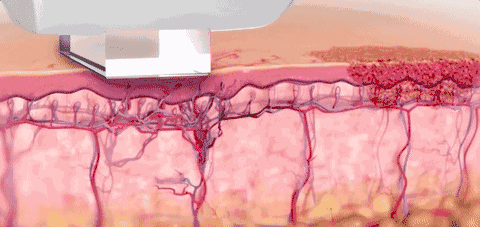
Simply put, the darker the color, the more light it absorbs and the more heat it generates. The melanin in the skin absorbs more heat and is therefore more easily decomposed, thus achieving a whitening effect.
Biostimulant effect.
When the pulsed strong light enters the dermis, it can cause chemical changes in the internal molecular structure of the collagen and elastic fibers in the dermis, promote a denser arrangement of the collagen tissue in the dermis, continuously repair and replenish the collagen layer, restore the skin’s elasticity, and enhance blood vessel function, thereby improving skin conditions such as skin sagging, superficial wrinkles, and enlarged pores.
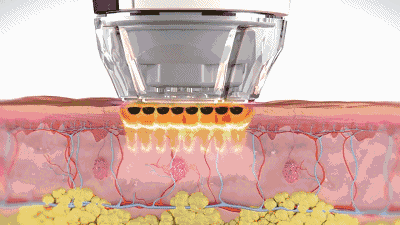
IPL laser can improve skin problems.
Theoretically, IPL can improve a lot of skin problems, such as the following:
- Face rejuvenation
- Rose acne (rosacea)
- pigmentation
- Superficial wrinkles
- Large pores
- Melasma
- Freckles
- Sun spots
- Red blood streaks
- Spider nevi
- Stretch marks
Pulsed intense light is like a general practitioner, which can treat many skin problems and effectively improve skin condition. Its biggest advantage is that it is “safe and non-invasive”. As a technology for non-invasive skin projects, IPL laser is not an invasive treatment, so the possibility of infection is very low.
IPL laser treatment for freckles before and after.
IPL laser treatment of freckles utilizes the selective photothermal effect of IPL. The energy of intense pulsed light is selectively absorbed by the melanin groups in the skin and increases in temperature, destroying the “activity” of melanin and metabolizing it. Therefore, IPL intense pulsed light is generally more effective for treating freckles with larger areas, larger numbers, and darker colors, but is not effective for very light-colored freckles.
1. Wavelength selection. IPL intense pulsed light treatment of freckles requires the selection of different wavelengths of treatment handles according to the skin color of the patient. Taking the domestic IPL as an example, assuming that an IPL has two whitening and skin rejuvenation handles of 530nm and 560nm, and the patient has a fair skin color, such as Fitzpatrick II, the 530nm treatment handle can be selected; if the patient has a darker skin color (III-IV), the 560m treatment handle can be selected.
2. Setting of sub-pulses and pulse width. The number of sub-pulses needs to be set according to the skin color of the patient. For lighter skin (II-II semi-skin), 1 sub-pulse can be used with a pulse width of 5-7ms. For darker skin (III-IV skin), 2 sub-pulses are used, the first pulse width is 4-6ms, the second pulse width is 3-5ms, and the pulse interval time is between 15-30ms.
3. Energy density selection. The energy density of the intense pulsed light is selected according to the color depth of the freckles. If the freckles are darker, a lower energy density is selected; conversely, if the freckles are lighter, a higher energy density is required to achieve the endpoint reaction. The specific energy density needs to be adjusted according to the patient’s skin reaction. The operator sets the sub-pulse, pulse width and starting energy density according to the patient’s skin color and the depth of the freckles, and tests the light spot. The endpoint reaction is when the skin in the treatment area turns red, the freckles darken in color, and slightly bulge.
When you try IPL treatment once, you will get great results, as shown below:
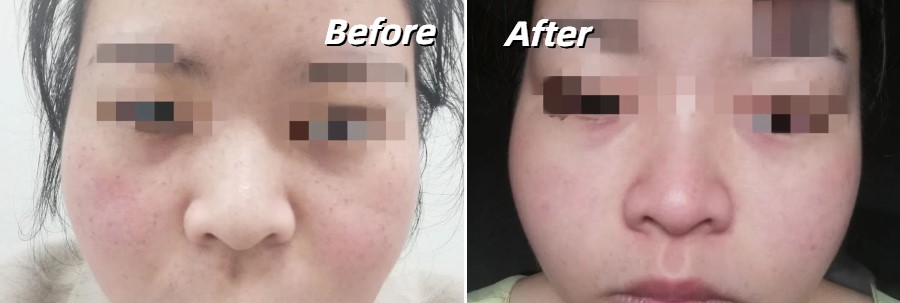
Before and after IPL laser treatment for pigmentation.
In the early stage of inflammatory pigmentation, the skin is in the barrier damage stage, the stratum corneum is thin, the water lock function is poor, accompanied by capillary dilation, and the skin is inflamed. The skin in the pigmented area is slightly red (erythema), and the skin detector shows that the red area has obvious inflammatory reaction. Within one month after the onset of inflammatory pigmentation, it is not suitable to use photoelectric instruments such as IPL intense pulsed light for treatment. At this stage, the skin barrier is severely damaged, the inflammatory reaction is obvious, and the melanin is abnormally active. The use of IPL laser treatment may cause further pigmentation. At this stage, you can first use LED photodynamic red and yellow light irradiation, and use home repair and anti-inflammatory ingredients such as collagen, hyaluronic acid, ceramide, squalene, and licorice to promote skin barrier repair and reduce skin inflammatory response.
If inflammatory pigmentation occurs for more than one month, IPL laser can be used for intervention, and IPL’s 640nm and 695nm filters/treatment handles are used for treatment first. Use lower energy operation to resist inflammation and promote barrier regeneration and repair, and accelerate pigment metabolism.
Taking the customer with skin color type III as an example, 3 sub-pulses are set, with pulse widths of 3.5ms, 4.0ms, and 4.5ms; pulse intervals of 20-30ms and 30-40ms; energy density of 12-15J/cm², and the end point reaction is a warm feeling on the skin, with a slight redness. This stage mainly uses IPL low-energy treatment, which mainly produces a light modulation effect similar to LED, and the main purpose is anti-inflammatory and barrier repair.
When inflammatory pigmentation occurs for more than 3 months, the skin has less inflammatory reaction, and the barrier is relatively stable, the 590nm and 560nm filters/treatment handles of the IPL laser can be selected for treatment. At this stage, the use of IPL is mainly through the photothermal selective absorption effect, which causes the melanin in the pigmentation area to heat up and inactivate, allowing the already formed stable excess pigment to be metabolized faster, mainly playing the role of destocking.
The before and after pictures of IPL laser treatment for facial pigmentation are as follows:

Before and after IPL laser treatment for sensitive skin.
First of all, sensitive skin can be repaired by photoelectric projects. Whether it can be treated with IPL laser depends on the degree of skin sensitivity. As long as the skin is not severely sensitive, not in the stage of dermatitis, eczema, acute allergy, etc., IPL can be used to repair sensitive skin, with the main principle of rebuilding the skin barrier and reducing skin inflammatory response.
Using the 640nm or 695nm treatment handle of IPL laser, through photothermal stimulation and light modulation, collagen is heated, blood and lymph circulation are accelerated, nutrients are provided to the skin, inflammatory response is reduced, capillaries are astringed, and skin barrier is repaired. It should be noted that the energy cannot be too high. Three sub-pulses can be set, and the pulse interval time is set longer, with the skin slightly red and warm as the end reaction.
Use IPL laser to improve sensitive skin. After 2 treatments, you can get the following results:
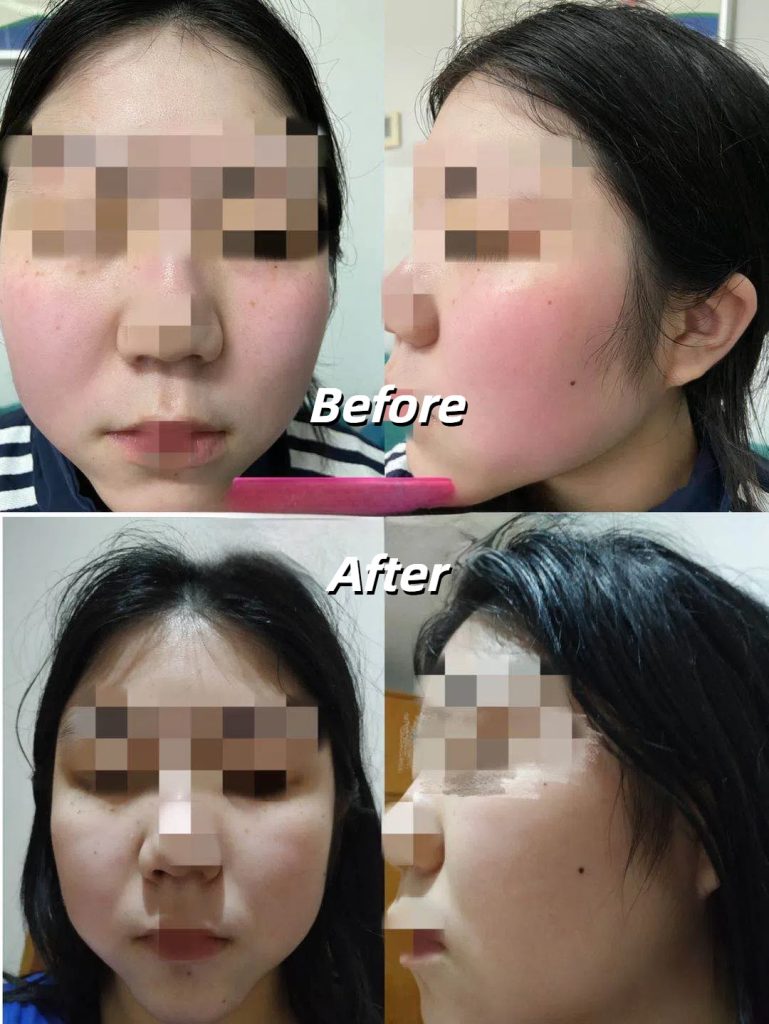
IPL laser hair removal before and after.
IPL laser hair removal is one of the typical applications of extended photothermal selective absorption.
IPL light first heats the pigments gathered around the hair papilla, destroys the hair follicle epithelial cells after heating, and blocks part of the blood vessels in the hair papilla, further destroying the hair papilla more thoroughly.
Hair in the “growth phase” of the hair growth cycle has more pigment particles around the hair papilla, which are gathered, dark in color, and thick hair shafts are easy to remove. For fine and light-colored hair, the photothermal selective absorption is weak, so it is not easy to remove.
Wavelength selection for IPL laser hair removal handle.
The 640nm hair removal treatment handle is suitable for people with light skin (type I, II), and the 690nm is suitable for Asians with darker skin (type III, IV).
The hair follicles are deep, located in the dermis or even the subcutaneous fat layer. A longer wavelength is needed to “reach” the melanin around the hair follicles without being blocked by the upper tissues and absorbed completely. Only then can the photothermal energy destroy the hair follicles.
IPL light is a wide spectrum, such as the 690 hair removal handle, the spectrum range is from 690-1200nm, so it can be used for dark skin.
Since part of the energy of IPL laser is in the visible light range, for small, light-colored hair, the selective absorption of light and heat is obvious, and its hair removal effect is better than that of 808nm semiconductor hair removal equipment. Similarly, the pain is also slightly stronger.
Treatment methods and end-point responses for IPL laser hair removal.
Required products: skin preparation knife (razor), Bernach collagen gel, jojoba oil, jojoba milk, etc.; set 2-3 sub-pulses, and after irradiating 4-6 light spots in sequence, each light spot can overlap by one-third and repeat to ensure the effect of heat accumulation of hair follicle pigment.
Customers with dark skin should use a treatment handle with a longer wavelength. In order to avoid skin burns, the pulse interval can be appropriately extended, for example, to 30-50ms.
After the melanin in the hair follicle hair shaft is heated, the skin will become red after a few minutes, and the “pimple”-like redness and swelling at the hair follicle position will slightly protrude, similar to the reaction of folliculitis, and then the hair will fall off.
According to the hair growth cycle, the treatment cycle is generally once every 45 days, and 4-6 times can complete general permanent (long-lasting) hair removal.
After the treatment, skin repair products should be used to soothe the skin and improve comfort.
Before and after 5 times of IPL laser hair removal:
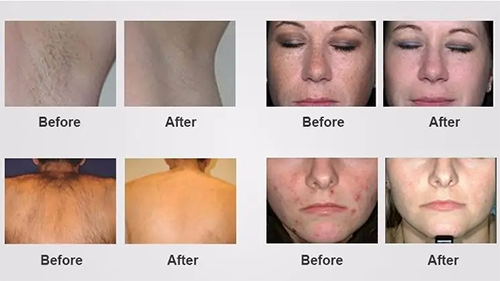
FAQs about IPL laser therapy.
Q: What is IPL laser?
A: Intense pulsed light (IPL) is a broad spectrum light formed by focusing and filtering a high-intensity light source. The wavelength of IPL is mostly 500-1200nm. IPL is one of the most widely used light therapy technologies in clinical practice and occupies a very important position in the field of skin beauty. IPL laser is widely used in the treatment of various disfiguring skin diseases, especially skin diseases related to photodamage and photoaging.
Q: What is IPL laser treatment?
A: When IPL laser acts on the skin, based on the principle of selective photothermal action, the spectrum of this band can be selectively absorbed by target color groups such as melanin, water and hemoglobin, which can treat skin epidermal spots and dull skin color, improve vascular problems such as red blood streaks and inflammatory acne marks, and stimulate collagen regeneration, thereby improving the performance of skin photoaging and achieving the purpose of true skin rejuvenation. This is also the origin of “photon skin rejuvenation”.
Q: Where can I buy a good quality IPL laser machine?
A: LitonLaser is a professional beauty equipment manufacturer with many types of beauty machines. IPL machines are our earliest developed products. You can choose not only IPL technology, but also DPL, OPT, SHR, BBL laser, etc.

